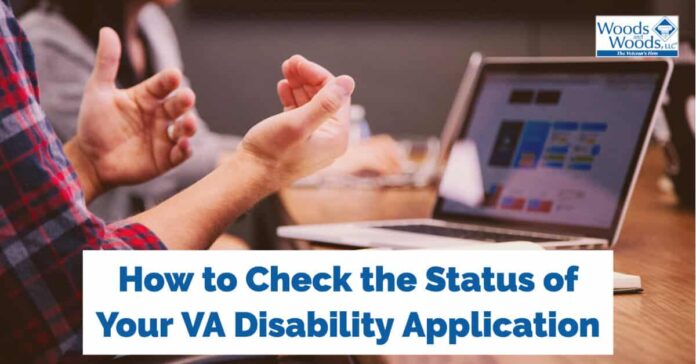The VA disability rating evaluation is crucial for veterans to determine eligibility for benefits based on service-connected disabilities. Understanding the process and anticipating the outcome can significantly improve the outcome. By taking the right steps, veterans can ensure clear communication of their symptoms and medical history, enabling an accurate assessment.
Preparing for a VA disability rating evaluation is essential for veterans seeking the benefits they’ve earned. The right preparation can maximize your chances of receiving a fair rating and proper compensation. If you want to improve your current rating, here’s a detailed preparation guide, including practical advice and valuable tools—such as learning how to request a veterans disability rating increase if your initial rating does not meet your needs. The VA disability rating process can be overwhelming for veterans, especially those uncertain about documentation, medical examinations, or VA requirements. This guide provides a comprehensive guide on gathering records and attending key exams, ensuring clarity and confidence throughout the process.
Understanding the VA Disability Rating Process
The Veterans Affairs (VA) disability rating process assesses a veteran’s service-connected conditions’ impact on daily function and earning ability. Ratings range from 0% to 100%, with a 10% increment. The assigned percentage determines compensation and benefits eligibility. The VA reviews service treatment records, medical evidence, and impact statements. Understanding the process and requirements can reduce surprises and aid in effective advocacy for veterans, as the rating has direct financial and healthcare implications.
Gather Comprehensive Medical Documentation
Thorough medical documentation is the backbone of a successful VA disability claim. Start by collecting all relevant service and civilian medical records, including any diagnoses, surgeries, and treatments related to your condition. Statements from private physicians can supplement your file, especially if VA medical records are incomplete or unavailable.
Include copies of diagnostic imaging, lab test results, prescription lists, and relevant progress notes. Strong documentation gives VA evaluators a clear, indisputable record of your current health status and the progression of your disability.
Familiarize Yourself with the VA Rating Schedule
The VA’s Schedule for Rating Disabilities outlines the exact criteria for determining your disability level. Make it a priority to read the schedule sections related to your conditions. Understanding this framework means you can tailor your medical evidence and narrative to align with what evaluators seek.
Remember to capture any symptoms, functional limitations, and secondary conditions affecting your rating. The VA uses these documented impacts to assign your final score. Knowing the schedule in advance can also help you check if the initial rating accurately reflects your true level of disability, or if you should pursue an increase.
Prepare a Detailed Personal Statement
Your personal statement is crucial for expressing your unique disability experience to decision-makers. It should clearly and honestly describe how your disability impacts daily life, employment, family responsibilities, and social interactions. Use concrete examples, such as missed workdays or challenges in personal relationships. Document the progression of your disability and include medical records or treatment history. This statement helps evaluators understand your situation beyond clinical notes.
Seek Assistance from VA Benefits Consultants
Veterans benefits consultants are experienced in navigating the complex VA claims process and can provide invaluable advice. They’ll help you organize and review your documentation, recommend key evidence to include, guide you through potential pitfalls, and, if necessary, represent you in appeals. Working with a consultant doesn’t guarantee a particular outcome, but it reduces your chance of errors or omissions that could delay your case.
Attend All Required Medical Examinations
If the VA schedules a Compensation & Pension (C&P) examination, treat it as a mandatory step. Missing or rescheduling these exams can delay your claim or even result in a denial. The examiner will ask about your medical history and current symptoms, and may complete a physical evaluation or order further testing. Attend with copies of your key records and be ready to discuss recent changes in your condition.
Respond Promptly to VA Correspondence
Throughout the process, the VA may request additional documentation or clarification. Read every letter or email carefully, adhere to deadlines, and provide any information requested as soon as possible. Timely communication helps avoid administrative delays and signals your engagement and seriousness to the evaluators.
Stay Informed and Proactive
Monitor the status of your claim and stay up to date on changes in VA policies or disability law. Proactively contacting the VA if something is unclear or stalled can keep your application moving. Consider setting up online account access to receive notifications about your claim progress and respond efficiently to requests.
With the right preparation, understanding, and support, you can present the most effective case possible for your VA disability rating evaluation. Each of these steps—from gathering records to making your statement—provides another layer of proof that can make the difference in the outcome of your claim.
